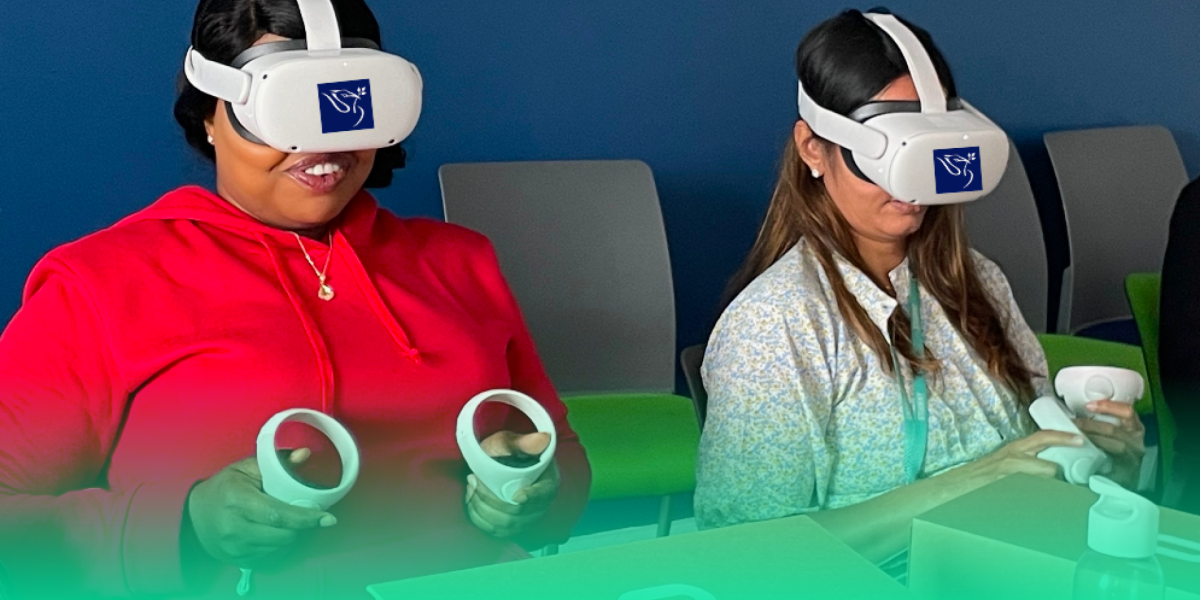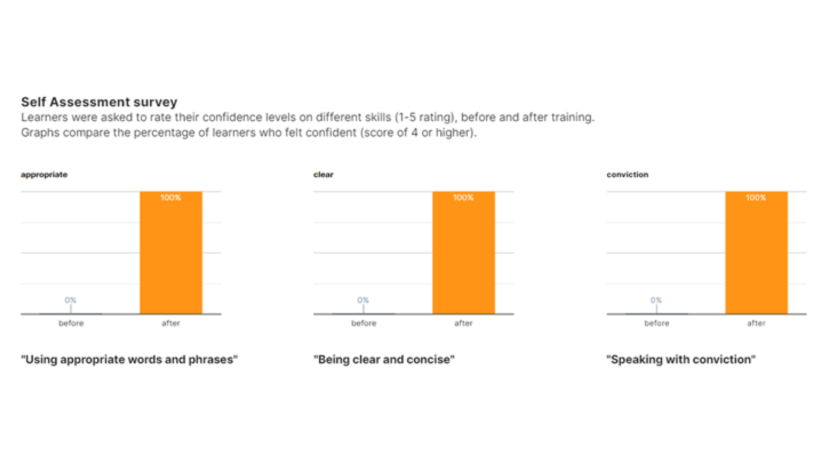
How data makes student–supervisor matching meaningful
Rethinking student–supervisor matching for educational gains
- Home
- / Insights
- / Knowledge sharing
- / Virtual horizons: Elevating education through immersive learning in Virtual Reality
Virtual horizons: Elevating education through immersive learning in Virtual Reality

Authors

Dr Madeleine Stevens CMBE
Reader in Organisational Transformation and Teaching Innovation, Liverpool John Moores University
This discussion introduces an innovative perspective on incorporating Virtual Reality (VR) in the classroom to promote digital learning and embrace modern technology.
This pilot study took place in 2023 with my Masters HR cohort, who were preparing for their dissertation: Business Research Impact Report module at Liverpool Business School as part of the MA in Strategic People Management and Practice. The pilot study was conducted with a carefully chosen cohort of 12 students, predominantly composed of individuals with an international background. The VR modules that centered on active listening, mitigating biases, and enhancing public speaking skills have proven particularly beneficial for international students with diverse linguistic backgrounds, helping them navigate language barriers. These modules, while helpful to international students, also offer valuable insights for local students seeking to enhance their communication skills.
The existing body of research on VR in education presents mixed results in terms of efficacy, with recognised challenges, including scalability, in meeting the expanding demands of educational institutions (Christian et al., 2019). However, Ding and Chau (2022) assert that leveraging interactive education facilitated by contemporary information technology opens up a myriad of possibilities for the advancement of education.
During study, three distinct VR courses were used, each focusing on a crucial HR skill. These included ‘public speaking’, ‘active listening’ and ‘bias as a barrier’, aligning with the specific learning outcomes of the module. There is an increasing range of available VR software for business schools to choose from, however we decided to use a provider called Bodyswaps, due to an existing relationship with the company.
Throughout the module, students engaged in a research project, with most students predominantly employing qualitative methods.An integral component of the assessment involves presenting their research findings, and the inclusion of the ‘public speaking’ VR module was instrumental in adequately preparing students for this. ‘Active listening’ and ‘bias as a barrier’ are also identified as key skills, not only for aspiring HR professionals, but also for researchers.
Students’ perceptions on using VR:
Qualitative feedback from students primarily conveyed positive impressions and captured the diverse perspectives on the use of technology.
”I thought the VR experiences were great. I think to learn a different way, it did enhance my learning experience from that viewpoint. I think using VR more would be beneficial, especially to those who learn better through visual learning platforms.”
“I have done the Bodyswaps and found parts useful and a good reminder to watch out for bad habits when presenting.”
“I didn't like the VR, it made me feel a bit nauseous, but I did manage to do the training without it.”
“I did not want to take the headset home, as I was worried about my children breaking them.”
Quantitative feedback reported 100% satisfaction from students. Additional data gathered, as depicted in graph 1, highlights favourable responses regarding the utilisation of the VR public speaking software.

Graph 1: Quantitative feedback from students on the VR Public Speaking module
Adoption of VR:
Based on student experiences, I would highly recommend using VR to enhance the student experience. This innovative pedagogical approach raised students’ engagement with the learning content. It should be recognised that not all students appreciated the VR experience, with some students stating they felt dizzy, whilst others simply did not want the responsibility of looking after the equipment. This can easily be addressed as many VR software providers extend compatibility to laptops or mobile phones, providing users with versatile accessibility options.
I would recommend careful consideration on whether VR should be used in-class or at home, as noise and space could be challenging in a traditional fixed classroom setting. Arguably, the experience is individual to the student, and this can be achieved from any location. In addition, sending the VR sets home, could cause concerns with equipment responsibility. Students also need clear guidance on how the use of the VR software aligns with the course aim and objectives.
Student improvement:
The overall quality of the assignments has shown a notable improvement in student performance. While acknowledging the presence of various influencing factors that warrant further investigation. Student pass rates improved from 82% to 89% from the previous cohort. In addition, the mean marks improved from 55% to 64.11%.
Students rated their satisfaction with the module at 100%.
References:
Christian, P.F., Rathner, J.A., Angelina, Y.F. And Sevigny, C.P. (2019). Virtual Reality in Higher Education. International Journal of Innovation in Science and Mathematics Education, 27(8)
Ding, L. and Chau, V., 2022. Construction of Interactive Higher Education Model Based on “VR+ Internet”. Wireless Communications and Mobile Computing, 2022.
